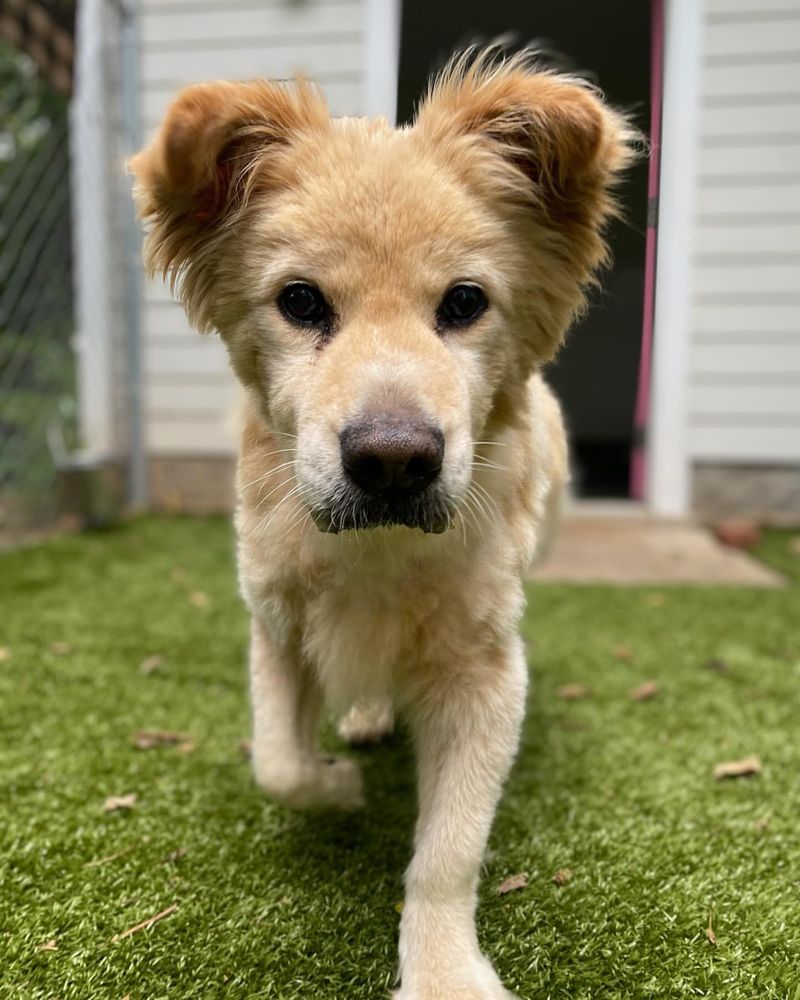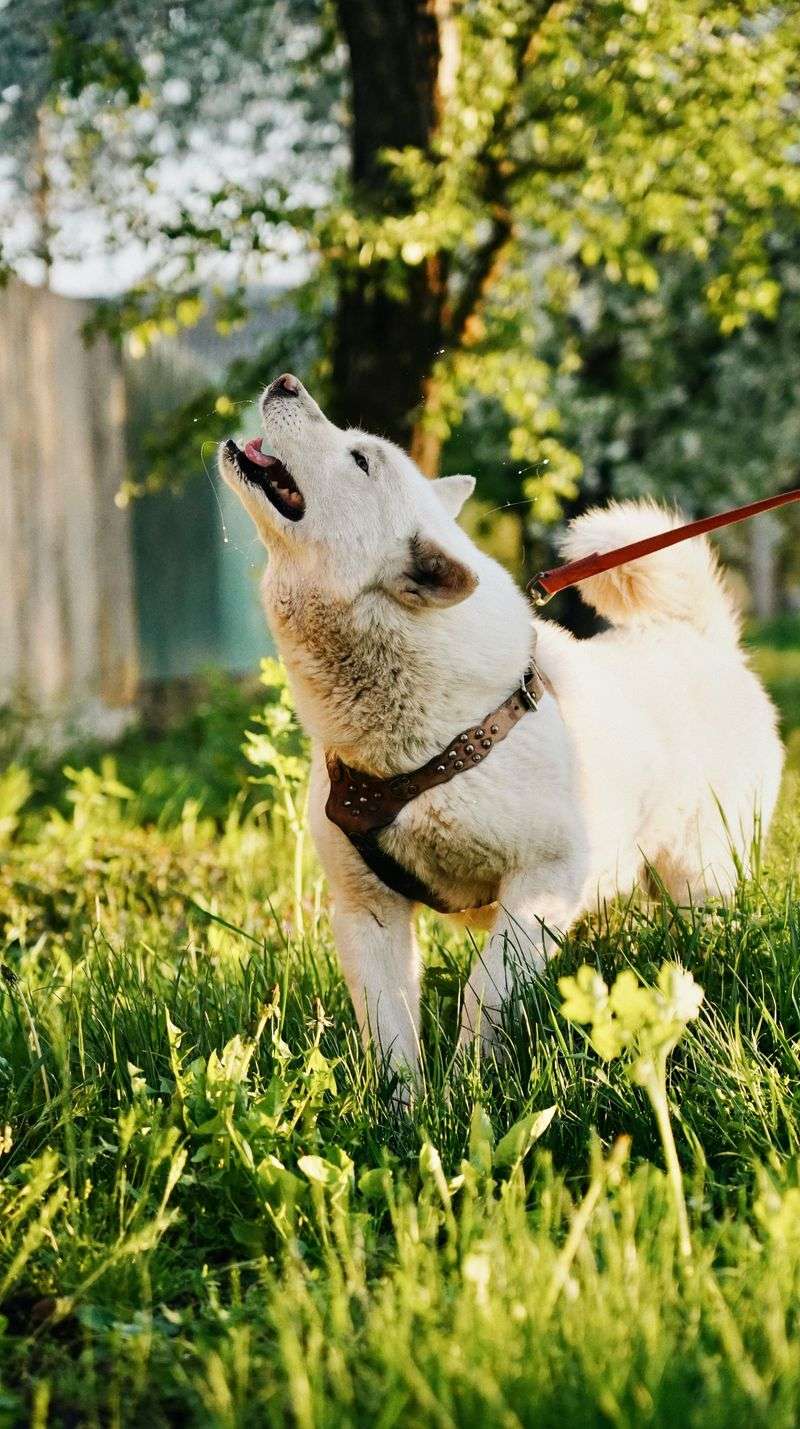📖 Table of Content:
Recognizing the early signs of dementia in dogs is essential for ensuring they receive the care they need to live comfortably. Canine dementia, also known as cognitive dysfunction syndrome, often starts with subtle behavioral changes that are easy to overlook. Spotting these signs early allows pet owners to intervene, offering support and treatments that can slow the condition’s progression.
Many of the early indicators of dementia in dogs, such as confusion, disorientation, or changes in routine behaviors, can be mistaken for normal aging. This makes it even more important for pet parents to stay observant and proactive. By understanding the signs, owners can work with veterinarians to create a care plan that addresses their dogs’ physical and emotional needs.
Timely recognition and management of dementia can greatly improve a dog’s quality of life and strengthen the bond between pets and their families. With proper care, affected dogs can continue to enjoy meaningful interactions and a sense of comfort. Awareness and education are key to navigating this challenging condition and ensuring the best possible outcome for furry companions.
1. Disorientation
Imagine coming home to find your dog stuck in a corner, seemingly unsure of how to get out. Disorientation is a common sign of dog dementia that many owners chalk up to old age. This symptom often manifests as the dog appearing lost or confused, even in familiar environments.
You might notice your furry friend walking aimlessly or failing to recognize known routes during daily walks. Such behavioral changes can be distressing for both the dog and the owner. If you observe these signs, consulting a veterinarian can lead to early diagnosis and treatment options.
Being proactive in seeking help can improve your dog’s quality of life, ensuring they remain happy and comfortable.
2. Changes in Sleep Patterns
Sleep disturbances in dogs, especially increased restlessness at night, can be indicative of cognitive decline. Many owners notice their dogs waking up more often or pacing during nighttime hours.
It’s essential to monitor these changes closely, as they can disrupt not only the dog’s rest but also the household’s peace. Changes in sleep patterns might seem insignificant at first, but they can be a key indicator of dementia.
Encouraging a calming bedtime routine and consulting your vet for advice can be beneficial. Adjustments in diet or medication might also help manage these symptoms effectively.
3. Altered Social Interactions
Notice how your dog interacts with family members and other pets. A dog with dementia may become less social, avoiding interactions they once enjoyed. This change can be subtle, such as ignoring playtime or becoming indifferent to affection.
These altered social interactions can be mistaken for mood swings or stubbornness. However, they often signify something more concerning. It’s vital to approach these changes with empathy and understanding.
Providing a stable and comforting environment can help ease anxiety and confusion. Engaging in gentle, familiar activities may encourage positive social behavior.
4. House Soiling
This is a distressing sign for owners, indicating potential cognitive issues. Dogs with dementia may forget their house training, leading to unexpected accidents. Owners often find themselves cleaning up messes despite a previously well-trained pet.
This behavior change can stem from disorientation or a decline in memory and learning abilities. It’s crucial not to punish the dog, as this could lead to fear and anxiety.
Instead, seek guidance from a veterinarian to manage this behavior. Implementing a regular bathroom schedule and using positive reinforcement can support your dog’s needs.
5. Decreased Interest in Activities
Is your dog showing less enthusiasm for activities they once loved? A decrease in interest in play, walks, or other engaging tasks can be a sign of dementia. This change might be gradual, with your dog spending more time resting or appearing lethargic.
Owners often mistake this behavior for normal aging, but it can indicate cognitive decline. Keeping your dog mentally stimulated is important, offering toys and activities that challenge their mind.
Maintaining a routine can provide comfort, ensuring your dog continues to enjoy a fulfilling life despite these changes.
6. Repetitive Behaviors
Have you noticed your dog engaging in repetitive actions like circling or pacing? These behaviors can be more than quirky habits; they may signal cognitive dysfunction. Repetition without obvious purpose often arises from confusion or anxiety.
It’s vital to observe these actions carefully, as they can provide insight into your dog’s mental state. Repetitive behaviors should not be ignored, as they might escalate if left unchecked.
Consulting with a veterinarian can offer strategies to manage these behaviors. Training exercises and mental challenges can sometimes redirect these actions positively.
7. Anxiety and Fearfulness
An increase in anxiety or fearfulness, especially in familiar settings, could point to dementia. Dogs may become suddenly scared of noises or shy away from previously comfortable environments.
These changes can be distressing for both the pet and owner, as the dog’s personality seems to alter. It’s important to approach these situations with patience and reassurance.
Creating a calm and secure space can help alleviate some of these fears. Professional advice might also be required to navigate this challenging aspect of dementia care.
8. Loss of Appetite
Changes in eating habits, particularly a diminished appetite, can signal cognitive issues. Dogs with dementia might lose interest in food or have difficulty remembering mealtime routines.
This symptom can lead to weight loss and nutritional deficiencies if not addressed promptly. Owners should monitor their dog’s diet closely, ensuring they receive adequate nutrition.
Consulting with a veterinarian can provide insights into dietary adjustments that cater to an older dog’s needs. Sometimes, altering the food type or feeding schedule can reignite interest in meals.
9. Vocalization Changes
Is your dog barking more than usual or making unusual sounds? Changes in vocalization can be a sign of cognitive decline. Dogs might bark at nothing or become more reactive to everyday stimuli.
This behavior can be frustrating for owners, but understanding the underlying cause is crucial. Increased vocalization often stems from confusion or anxiety.
Offering reassurance and maintaining a calm environment can help manage this symptom. Seeking veterinary advice can also provide strategies to address excessive barking, improving the dog’s comfort and well-being.
10. Memory Loss
Memory loss in dogs can manifest in various ways, from forgetting commands to failing to recognize familiar faces. This sign of dementia is often one of the most distressing for owners.
It can be heartbreaking to see a beloved pet struggle with tasks they once performed effortlessly. Supporting a dog with memory loss requires patience and consistency.
Reinforcing training through repetition and positive reinforcement can help maintain their skills. Keeping a predictable routine and environment can also aid in reducing confusion, providing comfort to your furry friend.










